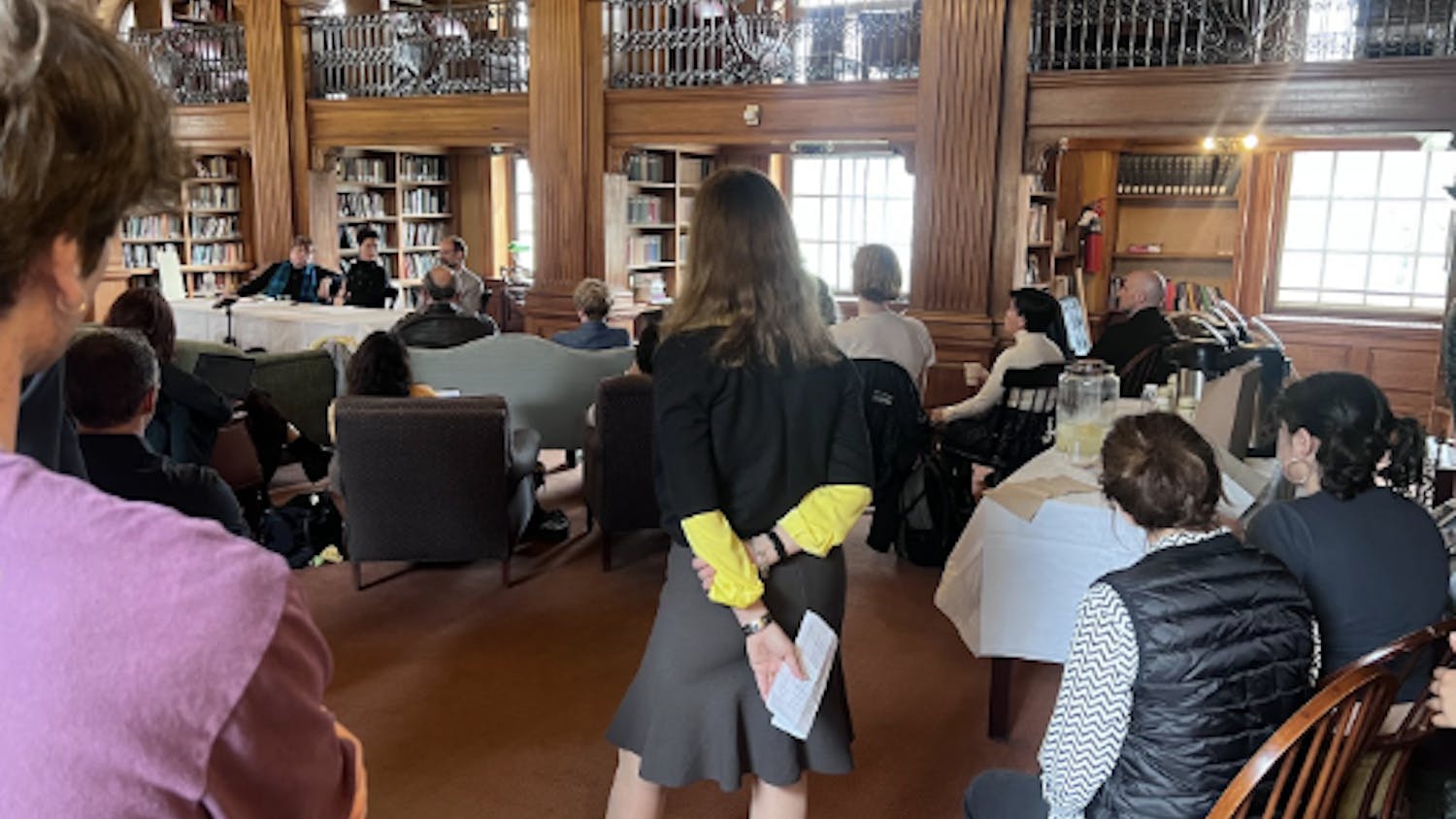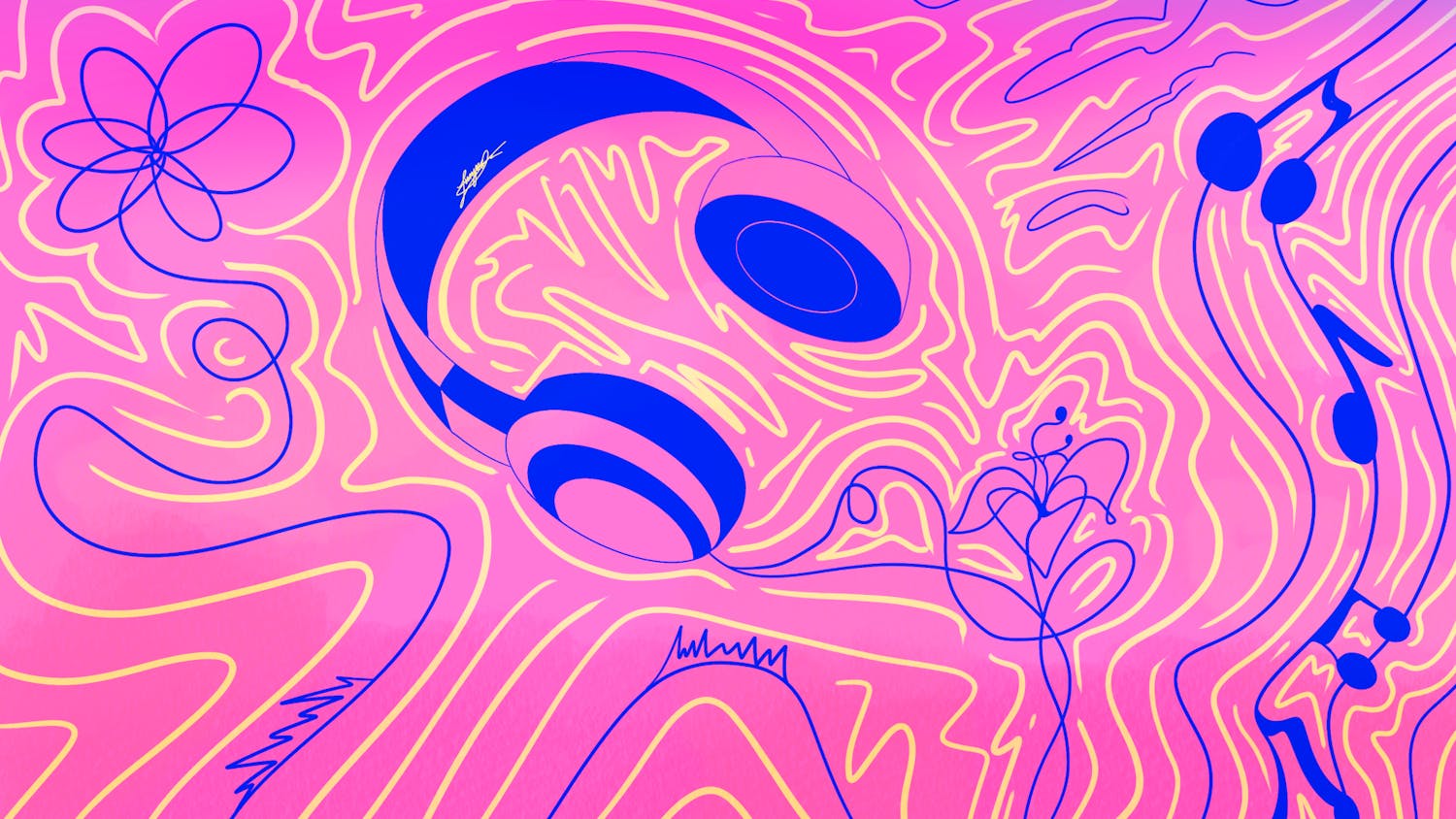Imagine hiking for the first time, with a backpack equaling you in weight, being afraid of the wilderness and leaving your home behind. This sounds like the worst Dartmouth Outing Club first-year trip ever, or the premise of Jean-Marc Vallée’s latest film, “Wild” (2014). If there was a theme at last year’s Telluride Film Festival, it was the survival tale, captured in big hits like “All Is Lost,” “Gravity” and “Tracks.” Adapting Cheryl Strayed’s national bestselling autobiography “Wild: From Lost to Found on the Pacific Crest Trail,” Vallée rides this wave of survivalist success.
Strayed’s life snowballs into an avalanche of self-destruction, beginning with her beloved mother’s (Laura Dern) unexpected death to cancer. Buried under immense grief, Cheryl (Reese Witherspoon) turns to drugs and sex to cope, which ultimately lead to a pregnancy and abortion. This is no “Legally Blonde” Witherspoon — we get a gritty, battered performance that rivals her Academy Award-winning June Carter Cash role from “Walk the Line” (2005).
Vallée does not verbalize Strayed’s past. Rather, we glimpse stream of consciousness fragments of her memories as she hikes 1,100 miles along the Pacific Crest Trail. With editing like this, Sergei Eisenstein is surely smiling from his grave. Vallée captures Strayed’s memories perfectly: as invasive, flickering ghosts, haunting her psyche. The trek is an exorcism. The searing sun, bruises and overweight backpack reminiscent of Sisyphus’s stone are her physical “Exorcizo te, omnis spiritus immunde, in nomine Dei.”
With no hiking experience, Cheryl embarks on a 94-day odyssey of escapism, healing and self-rediscovery. This is the “Eat, Pray, Love” (2010) from hell. In the first few days, Strayed can’t set up her tent, is afraid of a caterpillar in her sleeping bag and faces a potential rape attempt. In the opening scene, she rips off her bloody big toe nail, and one of her boots falls off a cliff. She hurls her other boot away in frustration. Vallée follows the floating boot, its red laces ribboning in the wind.
This was my favorite shot of the film. It embodied what French Impressionist filmmakers in the 1920s nebulously coined photogénie, which was the essence of cinema, the ability of the camera to enliven its subject, most powerfully achieved in the close-up. Vallée’s focus on the tumbling boot photogenetically produces a “boot-character” embodying all of Strayed’s frustration, pain and prior ignorance, which she then casts off the cliff.
While worrisome, this scene was also very funny, as Vallée finds humor in Strayed’s vast inexperience as well as the coterie of quirky hikers she meets along the way. A man who initially seems threatening turns out to be a licorice-loving farmer who enjoys the sardonic wit of his wife. A potential hitchhiking ride turns out to be a writer for the Hobo Times, who insists Strayed is a feminist hobo. Strayed’s premise nearly sounds like a farce, so Vallée thankfully threads an absurdist line through the film.
So why all these survival films? Following the Great Depression, the screwball comedy was born, providing audiences with fun-loving duos like Katharine Hepburn and Cary Grant. This genre was implosive, always bringing couples together in marriage, a mimetic trope of America’s own reconstruction in this period. We are still coming out of the Great Recession, but cinema is there to mirror, support and inspire once again. We all experienced our own “127 Hours” (2010) these past few years, and can see ourselves in Strayed as she cries out in the wilderness or Dr. Ryan Stone of “Gravity” as she hopelessly drifts through space.
Strayed closes the film by soliloquizing on the Bridge of the Gods, a cantilevered bridge in Washington. She has survived. She forgives herself for her past, even asking, “What if heroin taught me something?” The Great Recession was our nation’s heroin, slumping us into a comatose state. We take the hit, we struggle and, hopefully, we move forward. As Strayed’s mother quips about her troubled life, “There’s nothing I don’t get. But then what?”
Then what? We can merely survive, embittered by the haunted past, or live in the present. What begins merely as a survivalist film ends as a thrive-alist film, an empowering reminder of (wo)man’s indefatigable will.
Rating: 9.4/10
“Wild” is set to release in the U.S. on December 5.



